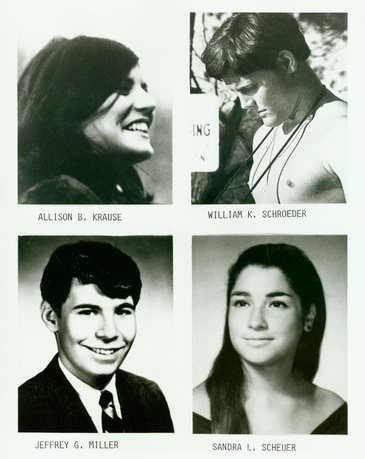La Campagne, C’est moi

By MAUREEN DOWD
The New York Times
May 6, 2007
LILLE, France
It’s hard not to be drawn to a presidential candidate with a name like a Bond girl, a smile like an angel, a figure that looks great in a bikini at 53, a campaign style like Joan of Arc, and a buffet for the press corps brimming with crustless fromage sandwiches, icy chocolate profiteroles, raspberry parfaits, red Bordeaux, espresso and little almond gâteaux. (When in France, let us eat cake.)
Ségolène Royal brought back the sizzle to socialism, raising the ire of Stephen Colbert’s right-wing TV host, who warned that “socialism is always a threat but never more so than when it looks like this.”
At first, Ségolène seemed like the ideal candidate for a country that knew it needed change but didn’t really want change, because she looked like change but wasn’t really going to change anything. But the infatuation dampened, like a spring romance.
I entered the Ségosphere, as her supporters call it, Thursday evening in Lille, for the last big rally — and perhaps last hurrah — of her “serene revolution,” as it’s dubbed.
The unmarried mother of four and daughter of a misogynistic army colonel entered the factorylike hall to a militant techno beat, gliding through the cheering crowd of 20,000 with a radiant smile and bright red jacket. Supporters, including many young ethnic Arab men and older women in head scarves up front, strained to touch and pat her.
On stage, she channeled a divine aura, levitating her arms like a Blessed Virgin statue, presenting herself as a glowing beacon against the forces of darkness, a k a Nicolas Sarkozy. In the Ségosphere, the right-wing front-runner is a brute, Rudy Giuliani without the restraint, while she is a healer. She consciously casts herself as Marianne, the symbol of France — playing “La Marseillaise” at rallies — but comes across more like Marianne Williamson, the New Age spirituality guru, going for the chakra vote.
“What I want, it’s for everybody to unleash this energy they feel within themselves,” she said, “but this energy that is sometimes curbed, curbed by so many blockages, curbed by so many negative speeches, curbed by so many shadows. ... It is not the dark side that I want to awake. It is the side of light, it is the side of hope, it is the part of joy, it is the part of smile, it is the part of France that loves itself as it is.”
Even though her strategy of playing the woman card fell flat, she kept it up in her last week. In Lille, she said she knew some wondered: “Is it really reasonable to choose a woman? Is France going to dare? I want to say: Dare. Dare! You won’t regret it.”
Ségo is bolder than the cautious Hillary, but stumbles into mistakes more often; unlike Hillary, she has not done her homework on foreign policy. Ségo blends a fierce will and feminine style more deftly than Hillary, but is also seen as somewhat cold, porcelain under her porcelain skin, rather than seductive, like Bill Clinton.
Ségo showed verve and grit in her self-professed role as a “gazelle” darting past the sexist old Socialist elephants — not to mention the father of her children, François Hollande, the head of her party, who wanted to run himself. Though Mr. Hollande supports Ségo, she does not seem as dependent as Hillary on getting her man to push people around for her.
France is chauvinistic — women got the vote in 1944 and compose only a small percentage of the National Assembly — but the country seems less neurotic than America about the idea of a woman as president. The trouble with Ségo’s campaign is not her gender. The trouble is that her only vision for France is herself. Hence, her nickname: Egolene.
A Sarko adviser called Ségo “a very pretty gadget” who looked modern but had no real plan to move France out of malaise and into the future.
When Ségo lost her temper at Sarko during Wednesday’s debate, on the issue of disabled children’s going to regular schools, it was denounced as contrived and inaccurate. She wanted to seem assertive and goad her abrasive and volatile rival into boiling over. Instead, he pushed the gender card back, telling her to “calm down” and stereotyping Serene Ségo as too moody and changeable to run a country that likes big, powerful leaders.
“She is not in a good mood this morning; it must be the polls,” he said Friday, after she warned that he was “a dangerous choice,” with “the same neoconservative ideology” as W., someone who could cause the country to erupt.
In a contest between what one Parisian calls “le fou” and “la fausse,” the crazy and the false, France may say oui to le fou.


















